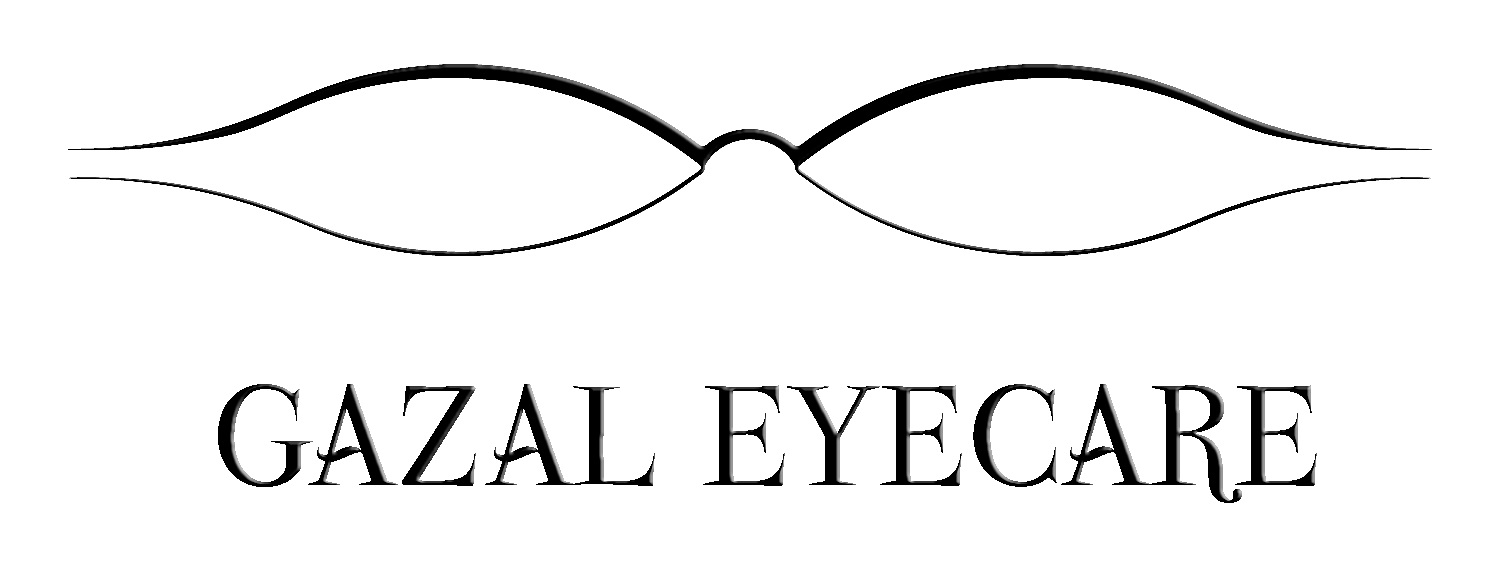
Retinal Photography / Imaging
Why do I need Retinal / Fundus Photograhy?
-

Detection
Retinal photography is a valuable diagnostic tool used by eye care professionals to assess the health of the retina, which is the light-sensitive tissue lining the back of the eye. It captures high-resolution images of the retina, allowing for detailed examination of its structures, including the optic nerve, blood vessels, and macula. These images provide important information about various eye conditions such as diabetic retinopathy, age-related macular degeneration, glaucoma, and hypertensive retinopathy. Retinal photography helps in early detection, monitoring progression, and guiding treatment plans for these and other retinal diseases, ultimately aiding in preserving vision and preventing vision loss.
-

Monitoring
Retinal imaging offers the advantage of documenting and storing detailed images of the retina, facilitating easy comparison from one yearly eye exam to the next. These images serve as a valuable reference point for monitoring any changes or developments in retinal health over time. By capturing and saving retinal photos annually, your eye care professional can track subtle alterations in the retina's condition, aiding in the early detection of potential issues such as age-related macular degeneration, diabetic retinopathy, or glaucoma. This proactive approach allows for timely intervention and personalized treatment plans, ultimately promoting better long-term eye health and preserving vision.
-
Diabetic Retinopathy
Diabetic retinopathy is a diabetes-related eye condition that damages the blood vessels in the retina, leading to vision problems and potential vision loss. It progresses through two stages: nonproliferative diabetic retinopathy (NPDR) and proliferative diabetic retinopathy (PDR). In NPDR, blood vessels leak fluid, causing swelling and deposits, while PDR involves the growth of abnormal blood vessels that can bleed and lead to scar tissue formation, severely impacting vision. Symptoms include blurred vision, floaters, and difficulty seeing in low light. Treatment may involve controlling blood sugar levels and regular eye exams, while advanced cases may require laser therapy, injections, or surgery to prevent further vision loss. Early detection is crucial for effective management and preserving vision.
-
Glaucoma
Retinal photography assists in detecting glaucoma by capturing images of the optic nerve and retinal nerve fiber layer. In glaucoma, damage to the optic nerve leads to characteristic changes, such as optic nerve head cupping and thinning of the retinal nerve fiber layer. By analyzing these images, eye care professionals can assess glaucoma progression, guiding treatment decisions and facilitating early detection of the disease. While retinal photography alone cannot diagnose glaucoma, it provides valuable quantitative data for comprehensive evaluation and monitoring of patients at risk for or with glaucoma.
-
Wet Age-Related Macular Degeneration
Wet age-related macular degeneration (AMD) is a progressive eye condition that affects the macula, the central part of the retina responsible for sharp, central vision. In wet AMD, abnormal blood vessels grow beneath the retina and leak fluid and blood into the macula, causing distortion or loss of central vision. This can lead to significant visual impairment, including difficulty recognizing faces, reading, and performing tasks that require detailed vision. Wet AMD typically progresses more rapidly than dry AMD and can cause severe vision loss if left untreated. However, there are effective treatments available, such as anti-VEGF injections, which can help slow the progression of the disease and preserve vision. Early detection and regular monitoring are crucial for managing wet AMD and minimizing its impact on vision.
-
Dry Age-Related Macular Degeneration
Dry age-related macular degeneration (AMD) is a common eye condition that affects the macula, the central part of the retina responsible for sharp, central vision. In dry AMD, small yellow deposits called drusen accumulate beneath the macula, leading to thinning and deterioration of the macular tissue over time. This can result in blurred or distorted vision, difficulty recognizing faces, and challenges with reading or performing tasks that require detailed vision. Dry AMD typically progresses slowly and is the most common form of AMD. While there is currently no cure for dry AMD, lifestyle changes such as maintaining a healthy diet, quitting smoking, and protecting the eyes from UV light may help slow its progression and preserve vision. Regular monitoring by an eye care professional is essential for managing dry AMD and detecting any changes in vision early.
-
Retinal Hemorrhages
Busted blood vessels in the retina are often referred to as retinal hemorrhages or retinal vein occlusions. These terms describe the rupture or blockage of blood vessels within the retina, leading to bleeding or leakage of blood into the retinal tissue. Retinal hemorrhages can result from various underlying conditions such as hypertensive retinopathy, diabetic retinopathy, vascular diseases, blood clotting disorders, or trauma to the eye. Prompt evaluation and treatment by an eye care professional are crucial to address the underlying cause and prevent potential vision complications.
-
Retinal Detachment
Retinal detachment is a serious eye condition where the retina pulls away from its normal position, disrupting blood supply and potentially causing vision loss. It occurs due to tears or holes in the retina (rhegmatogenous detachment), traction from scar tissue (tractional detachment), or fluid accumulation beneath the retina (exudative detachment). Symptoms include sudden onset of floaters, flashes of light, or a shadow in the field of vision. Immediate medical attention is necessary as retinal detachment requires surgical intervention to repair and restore vision.
